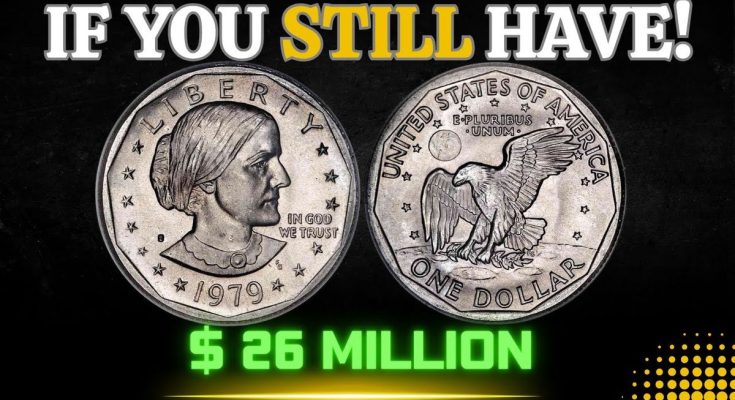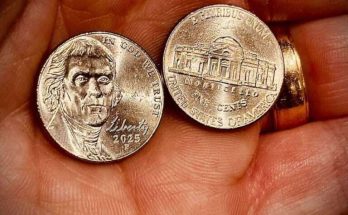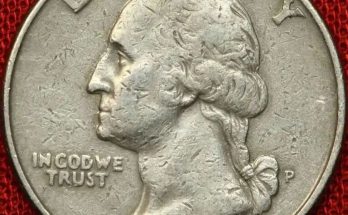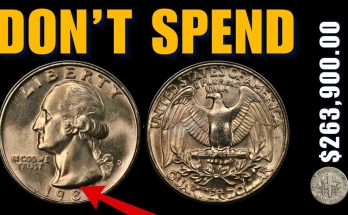For decades, the circulating one-dollar coin has been the quiet underdog of American currency, often overlooked and sometimes mistaken for a quarter. Yet, for the savvy collector, these modern dollars—from the Susan B. Anthony to the Presidential series—represent a genuine treasure hunt where a single, unassuming coin can be worth hundreds, or even tens of thousands, of dollars. While most of these coins are worth only their face value of $1.00, it is the rare varieties, key-dates, and spectacular minting errors that hold immense numismatic value, proving that “big money” can still be hiding in your change or a forgotten bank roll.
The search for rare modern dollar coins begins with the Susan B. Anthony Dollar (1979-1981, 1999). The SBA dollar was a groundbreaking coin, being the first circulating U.S. coin to honor a real, non-mythological woman, the pioneering advocate for women’s suffrage. Its minting was brief, leading to limited production years that make certain issues highly collectible.
The most famous and widely hunted variety is the 1979-P Wide Rim variety, also known as the “Near Date” variety. This coin, minted in Philadelphia, is distinguished from the common “Narrow Rim” by the spacing between the date and the edge of the coin. On the valuable Wide Rim version, the date is significantly closer to the rim, almost touching it. This variation occurred early in the 1979 production when two different working coin hubs were created. Because the Wide Rim was produced in smaller quantities, it is scarcer and highly sought-after. Even a circulated Wide Rim 1979-P can be worth a premium of $10 to $30. However, those in pristine, uncirculated condition (MS67 or higher) are conditionally rare and can fetch upwards of $1,000, with one top-graded example selling for over $6,400 at auction.
Collectors should also keep an eye out for other valuable SBA coins, such as the 1981-S Proof Type 2. Proof coins are struck specifically for collectors and are characterized by their brilliant mirror-like finish, but the Type 2 is a rarer variety due to its sharp, well-defined “S” mintmark from a newer punch, as opposed to the more common “Blob S” of the Type 1. Uncirculated examples can command hundreds of dollars.
Beyond mere varieties, the true “big money” is often found in minting errors. Among the most spectacular are double-denomination errors. A sensational example of an SBA error is the 1979-P Susan B. Anthony struck on a 1978 25-cent planchet. This astonishing error resulted in a smaller, lighter coin that carries overlapping designs of both the dollar and the quarter, and an example graded MS67 sold for $13,200. Other errors like off-center strikes or clipped planchets can also dramatically increase a coin’s value, sometimes by hundreds or thousands of dollars.
The treasure hunt continues with the successor to the SBA dollar, the Sacagawea Dollar (2000-Present). This coin, instantly recognizable by its golden hue and the portrait of the Shoshone explorer, has its own set of incredibly valuable rarities and errors.
The most famous variety is the 2000-P “Cheerios” Dollar. As part of a promotional campaign to introduce the new coin, General Mills distributed Sacagawea dollars in boxes of Cheerios cereal. The extremely rare and valuable examples of this coin were struck using a special prototype reverse die that features noticeably enhanced and detailed tail feathers on the eagle. These “Cheerios” dollars are highly popular and can trade for thousands to tens of thousands of dollars, making checking a cereal box prize a potentially lucrative task.
However, the ultimate “big money” prize in the modern dollar series is the 2000 Sacagawea/Quarter Mule Error. A “mule” is a coin struck with mismatched dies—the obverse (front) of one denomination and the reverse (back) of another. The Sacagawea Mule features the obverse of the Sacagawea dollar but the reverse of a George Washington quarter. This almost impossible error, created at the Philadelphia Mint, is one of the most famous in modern numismatics, with only about 11 to 20 known examples. Its extreme rarity has driven prices to astounding levels, with one certified example selling for over $194,000.
Finally, the Presidential Dollar Series (2007-2016) also features a spectacular and widely publicized error. Unlike previous dollars, the Presidential series was designed to have its motto, date, and mint mark impressed on the edge of the coin. The valuable error in this series is the Missing Edge Lettering, which occurred when the striking process missed the step of adding the edge inscription. The most sought-after example is the 2007-P George Washington Dollar missing this lettering. Due to the absence of the “In God We Trust” motto, these coins were infamously nicknamed the “Godless Dollar”. These errors are highly prized by collectors for their unique production flaw and can sell for a significant premium over face value.
The world of modern U.S. dollar coins is far richer than their $1 value suggests. A successful coin hunt is a testament to the fact that even in contemporary currency, subtle variations and striking errors—the 1979-P Wide Rim, the detailed “Cheerios” Dollar feathers, and the Missing Edge Lettering—can turn a dollar into a fortune, proving that big money really can still be found in circulation. The key to unlocking this hidden value is knowledge and a sharp eye for the details that the U.S. Mint did not intend to be there. (Word count: 800)



